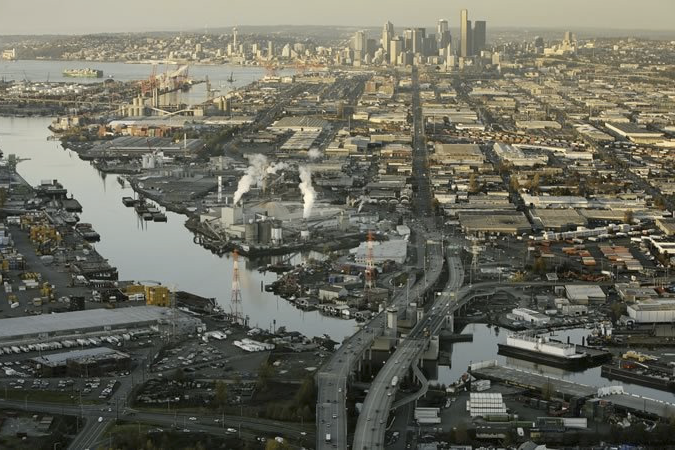Researchers at the Puget Sound Institute hosted a two-day symposium last month to share information about the science and management of PCBs in the environment.
The online workshops, held January 24th and 25th, were organized by PSI researchers Andy James, Joel Baker, and Marielle Larson, in coordination with colleagues Will Hobbs (Washington State Department of Ecology) and Katrina Radach (PSP), along with Greg Allen and Doug Austin (US EPA Chesapeake Bay).
Despite their ban in the U.S. in 1979, PCBs (polychlorinated biphenyls) remain one of the most pressing and stubborn problems in regional waterways such as Puget Sound. They are known to cause cancer in humans and have been blamed for serious health problems such as miscarriages and immune deficiencies in endangered southern resident orcas and other wildlife.
The symposium brought together experts from six state and federal programs addressing PCB cleanup including representatives working in Puget Sound, Chesapeake Bay, Spokane River, Delaware River, Great Lakes, and New Bedford Harbor. The organizers hope to build collective knowledge “on control and clean-up that can lead to better solutions and a cleaner environment,” said PSI scientist Andy James.
The event was part of a Cross Program Contaminant Working Group developed in collaboration with colleagues from the EPA Chesapeake Bay program and the Washington State Department of Ecology. The group is focusing its initial efforts on PCBs and will follow up with future symposiums covering topics like innovative cleanup approaches, and data availability and analysis.
PCBs were once prized for their versatility in a range of commercial applications but the same thing that made them useful in industry — such as their chemical stability — has also made them difficult to clean up (read an article about PCBs in the Encyclopedia of Puget Sound). While no longer manufactured, they continue to find their way into urbanized waterbodies through stormwater or by simply persisting in the environment and the animals that are exposed to them.
More information is available on the project web page.
